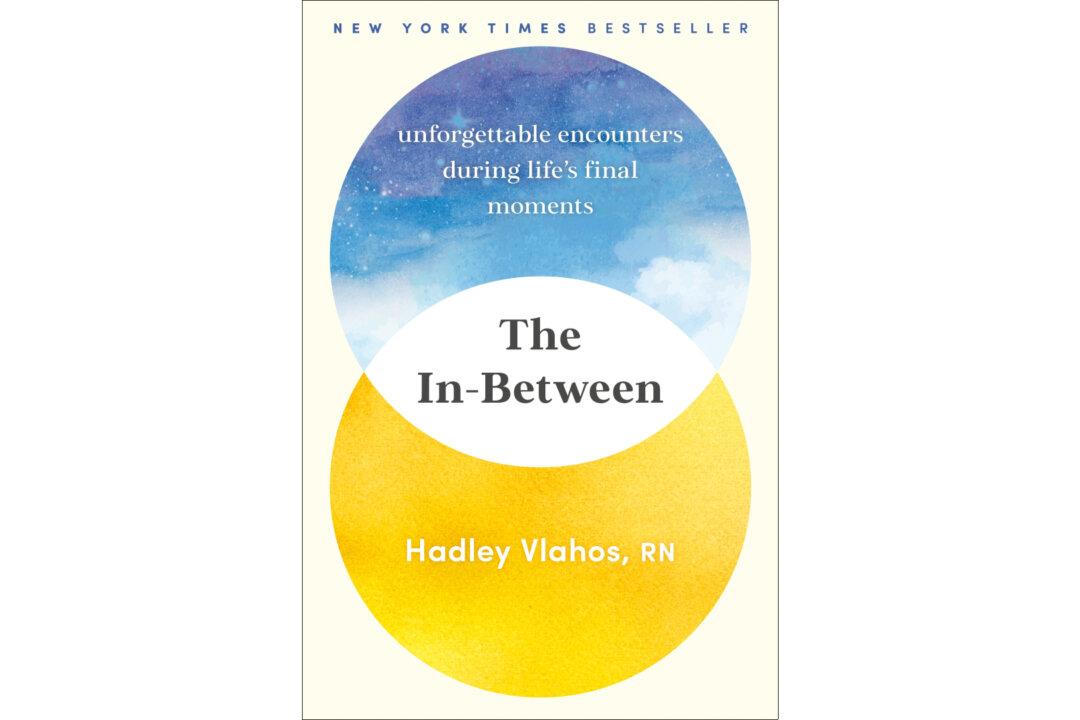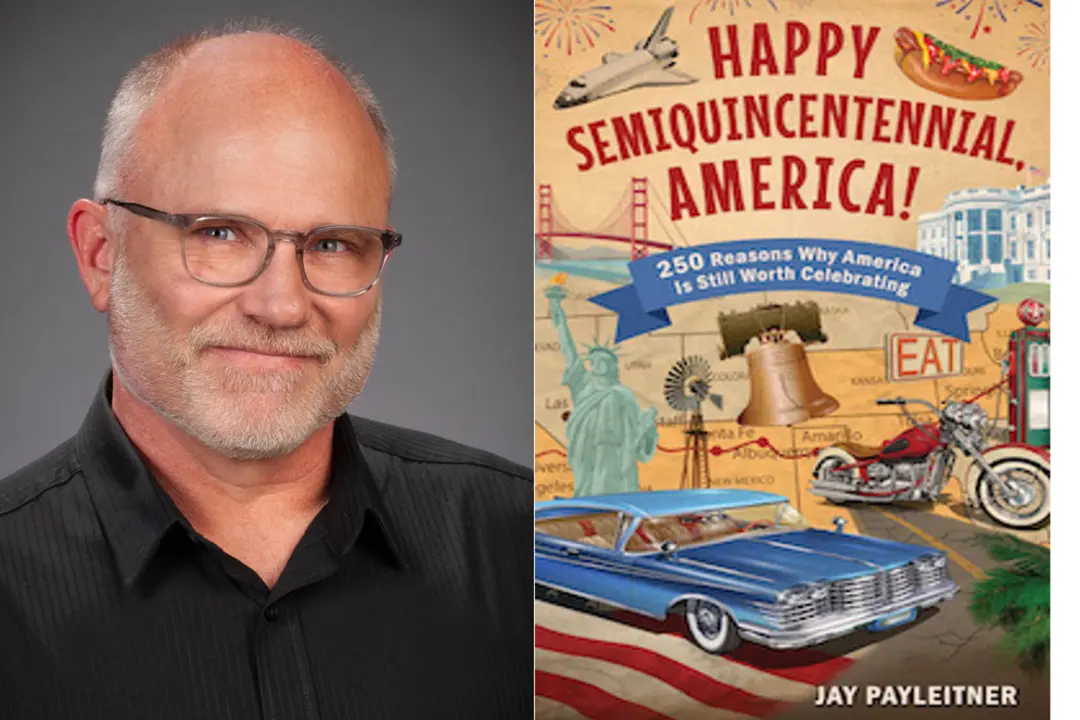About halfway through “The In-Between,” the memoir by hospice nurse Hadley Vlahos, we get a glimpse of what only a few get to experience. In loving prose, she honors those she cared for in their final days until they crossed over, or what she refers to as “the shift.”
Vlahos writes, “Although it’s hard to explain, this shift is one that every hospice nurse and person who has witnessed death has experienced—the tangible shift in the air.” She compares it to walking into a room expecting to find someone there, only to discover it’s empty.





